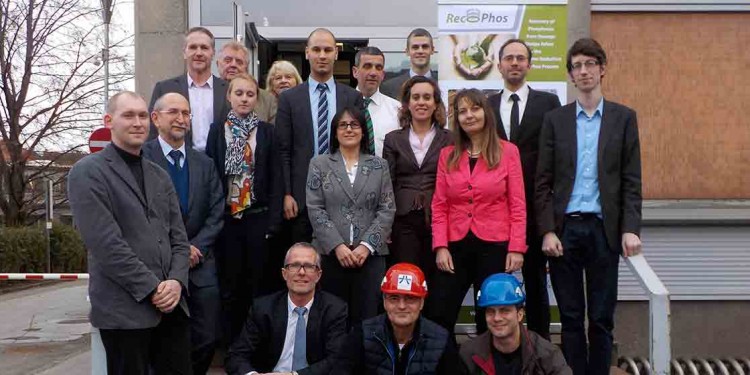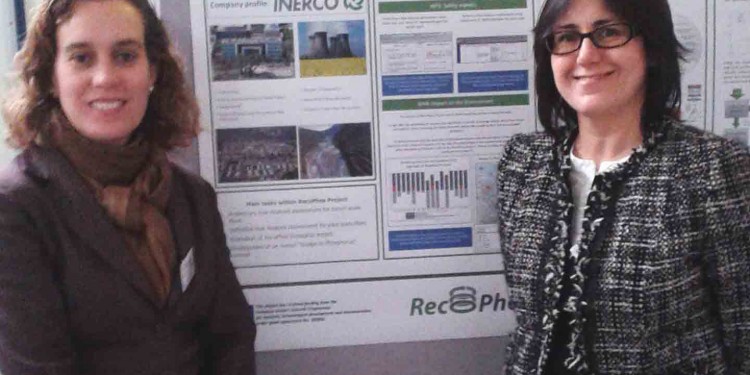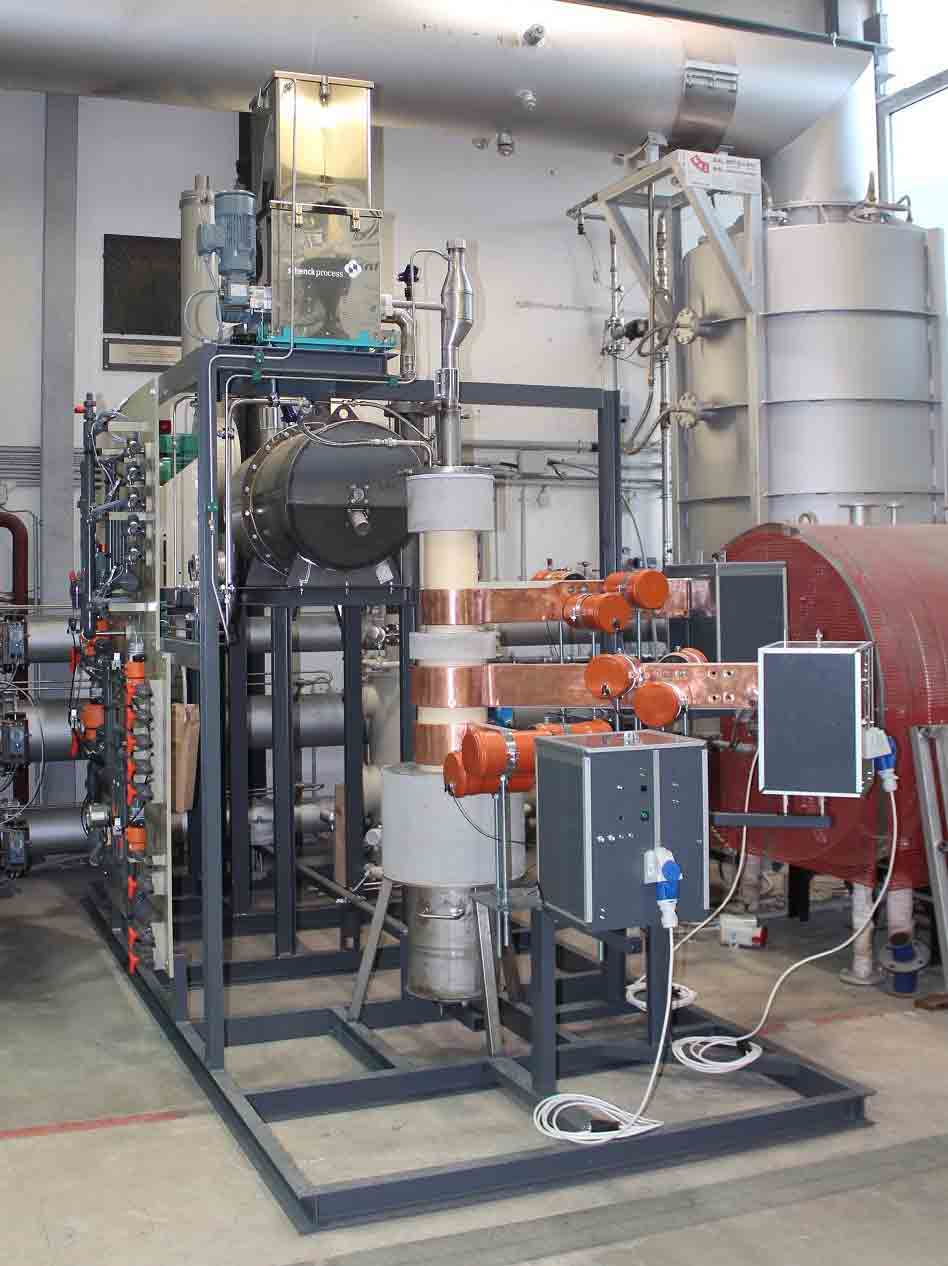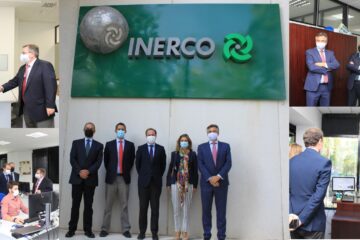INERCO’S participation in a European consortium for the development of a new phosphorus recovery process

PROJECT RECOPHOS (SEVENTH EUROPEAN COMMISSION FRAMEWORK PROGRAMME): “RECOVERY OF PHOSPHORUS FROM SEWAGE SLUDGE AND SEWAGE SLUDGE ASHES WITH THE THERMO-REDUCTIVE RECOPHOS PROCESS”
The three-year RecoPhos Project, completed in February 2015, was an investigation into the technical, economic and environmental feasibility of a new process for the recovery of phosphorus from ashes resulting from the mono-incineration of sludge from urban waste water purification plants. This work is being carried out with a view to future application at an industrial level to reduce Europe’s dependence on imported phosphorus, counteracting the depletion of natural sources. To that end, a consortium was established by various European universities and companies from different countries. A small pilot plant was built, where phosphorus was successfully reduced in the experiments performed. As part of the consortium, INERCO participated in tasks related to industrial safety and the environment.
The project received financing from the Seventh European Union Framework Programme (activity code: Eco-innovation), in virtue of grant agreement no. 282856 (FP7-ENV-2011).
Although sludge from purification plants is widely used as agricultural fertiliser, there is a downward trend in this practice, given the high concentrations of heavy metals and pathogens, which can be harmful to health and to the environment. In some countries, the practice is restricted or even prohibited.



The other currently available treatment for this sludge is incineration (mono-incineration or co-incineration); in some cases, this involves the possibility of using the ash as a raw material for other uses (mainly in construction and fillers); where this is not possible, the sludge is transported to landfill. Ash resulting from mono-incineration processes have significant phosphorus content, meaning this valuable substance is wasted in the majority of current uses.
While numerous methods have recently been developed for recovering phosphorus from sludge or the ash resulting from sludge incineration, none have been used at the international level due to the complexity involved, the cost of the processes and the poor efficiency achieved.
In addition, it should be noted that the RecoPhos thermo-reduction process can either produce elemental phosphorus or, through a process of oxidation and hydration, thermal phosphoric acid. This thermal approach makes the process unique with respect to other research projects focusing on fertiliser production.
The success of the RecoPhos project and its potential for implementation at the industrial level would prevent the waste of the phosphorus in sludge ash and offer alternatives to the way it is currently processed. Phosphorus recovery would also result in a reduction in European imports and the speed at which this natural resource is depleting.
In terms of life cycle, to look at the process from the viewpoint of environmental impact, the RecoPhos project would benefit from the positive effects of replacing conventional processes of producing elemental phosphorus (or thermal phosphoric acid) from phosphate rock and extraction by mining. There is also room for significant additional benefit deriving from the possibility of using the slag as a substitute for clinker, due to its excellent cementing properties, and the potential recovery of process energy.
From an industrial safety point of view, advanced risk management tools were used to review the design of the RecoPhos process, both at the scale of a small plant and at pilot scale. Specifically, the risk analysis methodologies applied include checklists, What if? analysis, HAZOP studies (HAZard and Operability) and safety integrity level (SIL) studies. These yielded actions or measures to be implemented in the design, with the aim of improving the safety of processes and minimising potential consequences on people, the environment and facilities.
As a conclusion to the project and demonstration of the results obtained, 24 February 2015 saw a demonstration take place at the Montanuniversität Leoben university (Austria), attended by numerous participants from the industrial sector and various public authorities.








No Comment